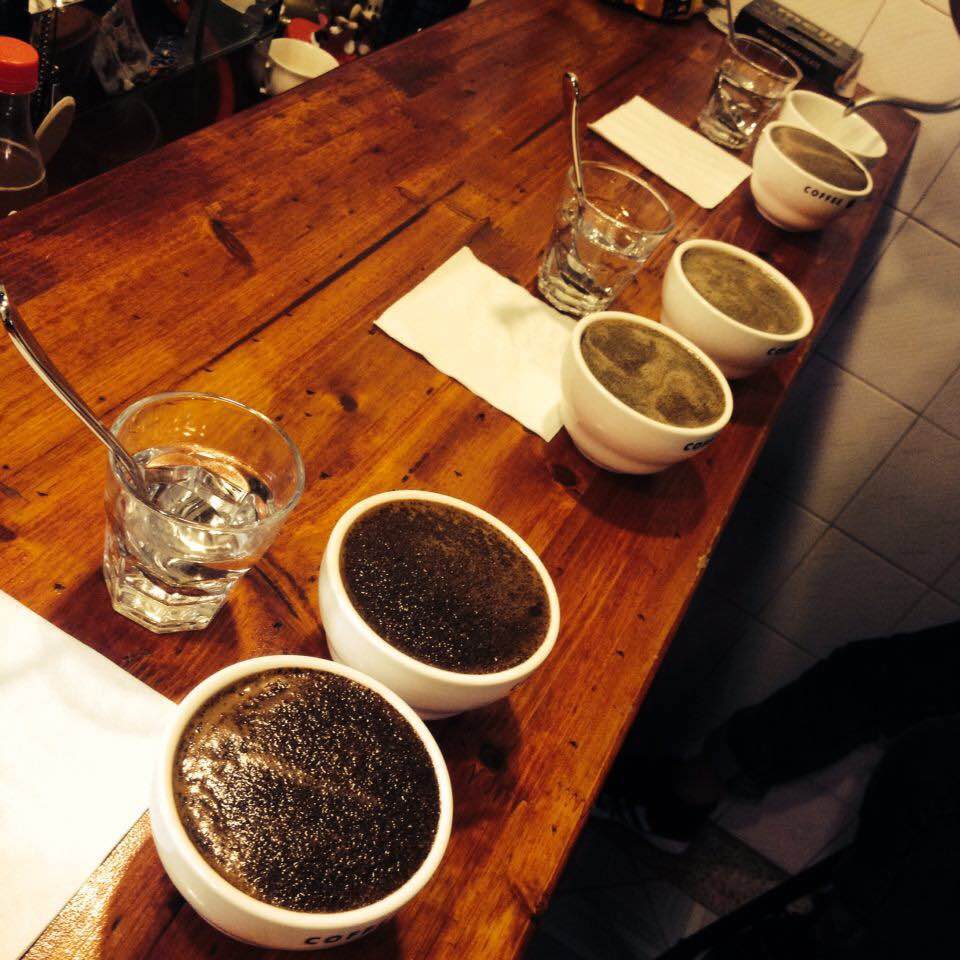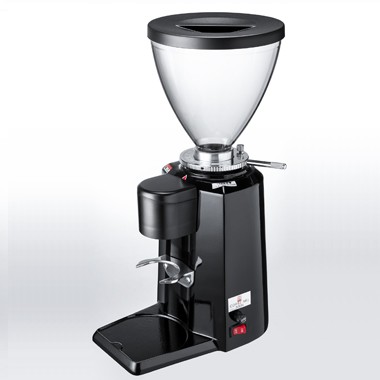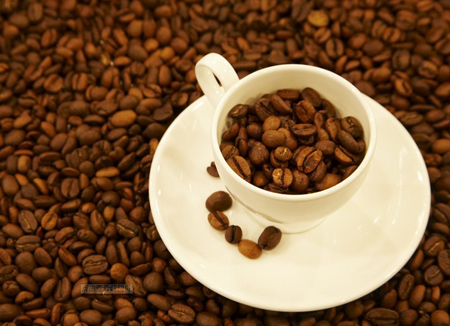Coffee cup test-an introduction to roasting coffee beans
Coffee Cupping, which is translated into Chinese for coffee cup test, cup taste or cup evaluation, is a very magical and simple method of coffee sensory evaluation. The quality of coffee is judged by the sense of taste, which is called "coffee cup test". The person who evaluates it is called a "coffee quality appraiser". Similar to wine tasting, when testing the cup, make the coffee flow back and forth in the mouth and make full use of your sense of taste and smell to feel the flavor characteristics of the coffee. It transforms the subjective and different sensory experience into quantitative data with practical value to guide people's practical decisions, such as buying, selling, sharing experience and so on.
Let me tell you a little bit about each item in SCAA's cup test table.
First: aroma
Aroma: about the aroma, there are two parts, dry incense and wet incense. After grinding the beans, the first image and the first item to be scored is the dry fragrance, the aroma of coffee flowers, roasted hazelnuts and roasted almonds are all pleasant aromas. Water injection, the broken shell of the wet fragrance gives people more fantasy, honey, lemon, apricot fruit make people salivating.
The second scoring item: sipping flavor
Sipping Flavor: flavor is the first item to be perceived and scored when the coffee liquid drops to 71 ℃ and starts sipping, including various flavors and the sense of smell behind the nose; cup testers can include perceived flavors in the scoring items, including various flavors measured or drunk. It can be said that sipping flavor is a very important scoring item, and it is also a basis for testing the characteristics of a cup of coffee sample. The more the better, the higher the score.
The third scoring item: Yu Yun
Aftertaste: all kinds of taste or aroma or touch that still stay in the mouth after sipping, and the good flavor stays for a long time, such as sweetness, still clearly stays in the mouth or even spreads after sipping and spitting coffee, then the score of this item will be high, on the contrary, there is no aftertaste, or very short, the score is low.
The fourth scoring item: acid quality
Sour quality: good acidity is not like vinegar, which is bright and lively and can also detect many kinds of acidity such as citrus, berries or sweet lemons, as well as the sweet and sour melons like cantaloupe or the crisp acidity of freshly ripe apples. The above acids are of high quality; bad acids are like unripe fruit or acetic acid, and some bad acids are like overripe fruit or F. B. fermented acid or rotten acid can be detected. The higher the quality, the higher the acid score.
Fifth scoring item: alcohol thickness
Alcohol thickness: the scoring item is not to measure the taste, this belongs to the substances and tactile sensation of the mouth, grease, viscosity, quality, etc. all constitute the body;, such as milk and water, the former has much higher tactile sensation, thick soup and clear soup, the consistency and tactile feeling of the former are much higher than the latter.
Sixth: consistency
Consistency: this score is relatively simple. Do 5 cups of samples have different tastes and which ones are defective? If all are consistent, then write a big 10 points!
The seventh scoring item: balance
Balance: refers to whether the scoring items of coffee are balanced, for example, the acid is bright but will still turn sweet? The touch is sticky but not astringent? Are the various flavors of coffee harmonious? If so, the score of this item will be high.
The eighth score item: cleanliness
Cleanliness: high-quality products are very important and necessary conditions, the so-called cleanliness is the defective taste without defects and stains (complete freedom from taints or faults), coffee has F ·B, earthy taste, medicine iodine taste, fermented acid, rubber, onions, astringency and other bad taste and touch, all indicate that it is not clean enough.
The ninth score item: sweetness
Sweetness: not only represents the coffee fruit harvested in the best ripening period, not mixed with unripe beans, but also represents the excellent quality of coffee. Only by selecting freshly ripe coffee fruits for processing into raw beans can you get better sweetness, and there are many kinds of sweetness, such as sugarcane sweetness, caramel sweetness and so on, which can be noted in the evaluation. Coffee usually has sweetness, so this item will be given a high score as long as it is perceived to be sweet.
The tenth scoring item: overall evaluation
Overall evaluation: coffee is excellent on the whole, attractive to you, or average, or you don't like her at all
This scoring item is the overall evaluation of the tester, and it can also reflect his personal preferences. If there is no cup tester to test each type of coffee, there will be no harvest from coffee farmers, and there will be no refreshing drinks in the cup. the true meaning of cup testing is to find better coffee.

Important Notice :
前街咖啡 FrontStreet Coffee has moved to new addredd:
FrontStreet Coffee Address: 315,Donghua East Road,GuangZhou
Tel:020 38364473
- Prev

The quality of bean grinder is an important factor in determining the quality of coffee-the difference between manual and electric.
No matter what kind of extraction method we use, what kind of coffee beans and equipment we use to make a cup of coffee, the grinding quality plays a key role from beginning to end. Many beginners pay great attention to how to choose equipment and equipment, pay attention to brewing methods, but often ignore the importance of the impact of bean grinders on the product, but do not realize that a cup of good coffee that can really be called a fine product.
- Next

Coffee Flavor Wheel-World's Third Wave of Coffee Aesthetics
Deep baking highlights wood incense Light baking can highlight the bright smell of flowers, grass, fruit acid fragrance, but there is no medicine to save the deep baking fans love the incense, stuffy fragrance, choking fragrance and alcohol of resin components, which is the product of Mena reaction and dry distillation. (resin component: pine and cedar families of conifers, both of which secrete oleoresin compounds and have a pungent aroma to resist pests or squirrel nibbling) destructive distillation
Related
- What is the meaning of lactic acid fermentation with coffee bean treatment?
- How to judge the state of foam by sound?
- How does the latte pull out the unicorn pattern? Come to get for a little trick to improve the flower pull!
- Will flower pulling affect the taste of the latte?
- Do you know the history of coffee?
- The difference between honey treatment and sun washing what is raisin honey treatment?
- What kind of milk can a novice use to make coffee foam to keep the foam longer? The correct method and skills of milking tutorial sharing
- Why do washed coffee beans taste sour? Flavor characteristics of washed Coffee
- Introduction to the skill of how to practice the size and height of water injection around the circle of hand-brewed coffee
- How do beginners practice coffee flower drawing from scratch?

